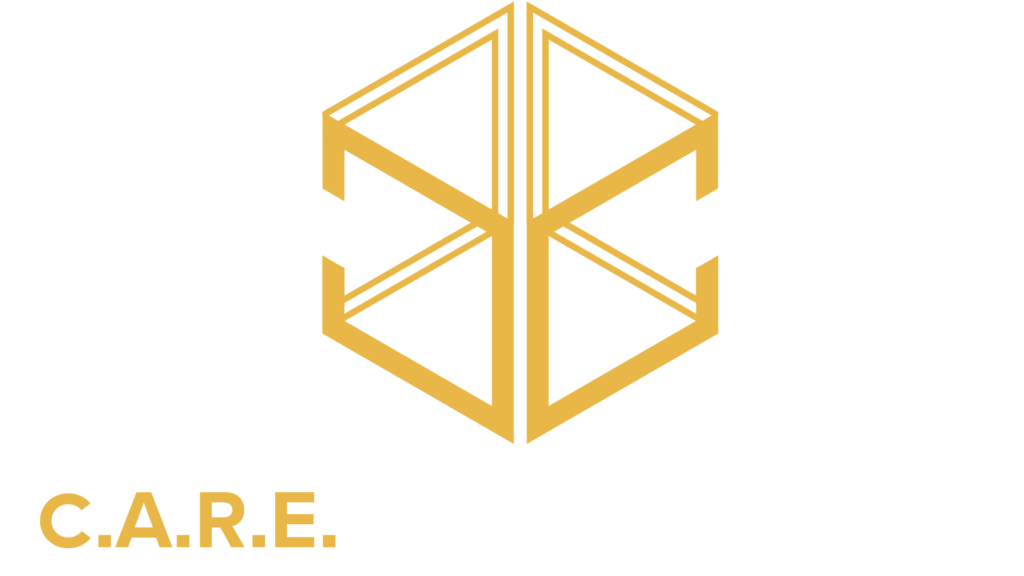C.A.R.E. Construction is ready to handle all your inspection report needs, ensuring your building safety and compliance with current inspection regulations.
Community Association Managers,
The State now requires condos and residential cooperative (co-op) association buildings three stories or taller to have structural inspections called “milestone inspections” once they reach 30 years of age and every 10 years after that to ensure structural safety.
The unique challenges posed by Florida’s climate and environment, including salt air, humidity, and storms, make regular inspections crucial to identifying and addressing potential hazards that may escalate into major structural problems.
When seeking proposals for maintenance and repairs, keep in mind that C.A.R.E. Construction is ready to handle all your inspection report needs, ensuring your building safety and compliance with current regulations.
What is a Milestone Inspection?
Effective May 26, 2022, mandatory structural inspections are required for condominium and cooperative association buildings three (3) stories or taller. These “Milestone Inspections” are performed by a licensed architect
or engineer, authorized to practice in the state of Florida. (State Law)
- Within three (3) miles of saltwater: 25 years of age
- More than three (3) miles to saltwater: 30 years of age
- Buildings 25 or 30 years of age before July 1, 2022; December 31, 2024
- Buildings 25 or 30 years of age between July 1, 2022, and December 31, 2024: December 31, 2025
Milestone inspection
means a structural inspection of a building, including an inspection of load-bearing walls and the primary structural members and primary structural systems as those terms are defined in F.S. s. 627.706, by a licensed architect or engineer authorized to practice in this state for the purposes of attesting to the life safety and adequacy of the structural components of the building and, to the extent reasonably possible, determining the general structural condition of the building as it affects the safety of such building, including a determination of any necessary maintenance, repair, or replacement of any structural component of the building. The purpose of such inspection is not to determine if the condition of an existing building is in compliance with the Florida Building Code or the fire-safety code.
“Substantial structural deterioration” means substantial structural distress
that negatively affects a building’s general structural condition and integrity.
The term does not include surface imperfections such as cracks, distortion,
sagging, deflections, misalignment, signs of leakage, or peeling of finishes
unless the licensed engineer or architect performing the phase one or phase
two inspection determines that such surface imperfections are a sign of
substantial structural deterioration.
Exemptions: These requirements do not apply to a single-family, two-family, or three-family dwelling with three or fewer habitable stories above ground.
Who is required?
Coastal condominium and cooperative association buildings that are three stories or more in height and located within three miles of the coastline, with a Certificate of Occupancy date on or before December 31, 1996, must have a milestone inspection by December 31, 2024, and every 10 years thereafter. These buildings are being identified through a GIS mapping project. All other buildings, with a Certificate of Occupancy date on or before July 1, 1992, must have a milestone inspection by December 31, 2024, and every 10 years thereafter.
Coastal condominium and cooperative association buildings that are three stories or more in height and located within three miles of the coastline, with a Certificate of Occupancy date on or after January 1, 1997, must have a milestone inspection by the December 31 of the year in which the building age reaches 25 years, and every 10 years thereafter. These buildings are being identified through a GIS mapping project. All other buildings, with a Certificate of Occupancy date after July 1, 1992, must have a milestone inspection by the December 31 of the year in which the building age reaches 30 years, and every 10 years thereafter. Please note, the milestone inspection year may be 2022 or 2023.
What is the inspection?
A milestone inspection consists of two phases:
(a) For phase one of the milestone inspection, a licensed architect or engineer authorized to practice in this state shall perform a visual examination of habitable and non-habitable areas of a building, including the major structural components of a building, and provide a qualitative assessment of the structural conditions of the building. If the architect or engineer finds no signs of substantial structural deterioration to any building components under visual examination, phase two of the inspection, as provided in paragraph (b), is not required. An architect or engineer who completes a phase one milestone inspection shall prepare and submit an
inspection report.
(b) A phase two of the milestone inspection must be performed if any substantial structural deterioration is identified during phase one. A phase two inspection may involve destructive or nondestructive testing at the inspector’s direction. The inspection may be as extensive or as limited as necessary to fully assess areas of structural distress in order to confirm that the building is structurally sound and safe for its intended use and to recommend a program for fully assessing and repairing distressed and portions of the building. When determining testing locations, the
inspector must give preference to locations that are the least disruptive and most easily repairable while still being representative of the structure. An
inspector who completes a phase two milestone inspection shall prepare and submit an inspection report.4
Requirements of report
Upon completion of a phase one or phase two milestone inspection, the architect or engineer who performed the inspection must submit a sealed copy of the inspection report with a separate summary of, at minimum, the material findings and recommendations in the inspection report to the
condominium association or cooperative association, and to the building official of the local government which has jurisdiction.
The inspection report must, at a minimum, meet all the following criteria:
Bear the electronic signature, digitally signed with either a self-certified seal for architects or a third-party vender for engineers as stated by Statute for the respective design professional requirements.
Indicate the manner and type of inspection forming the basis for the inspection report.
Identify any substantial structural deterioration, within a reasonable professional probability based on the scope of the inspection, describe the extent of such deterioration, and identify any recommended repairs for such deterioration.
State whether unsafe or dangerous conditions, as those terms are defined in the Florida Building Code, were observed.
Recommend any remedial or preventive repair for any items that are damaged but are not substantial structural deterioration.
Identify and describe any items requiring further inspection.
What is a Structural Integrity Reserve Study?
Structural Integrity Reserve Studies (SIRS) encompass the evaluation of necessary reserve funds for future major repairs and replacement of common areas, based on a visual inspection. This assessment may be carried out by a qualified professional. SIRS involve a non-invasive, visual inspection of critical infrastructure that affects a building safety, including roofs, structure, load-bearing walls, primary structural systems and
members, fireproofing and protection systems, plumbing, electrical systems, waterproofing and exterior painting, common area windows, exterior doors, and any other items with deferred maintenance expenses or replacement costs exceeding $10,000, and the failure to replace or maintain such items negatively impacts any of the above referenced building components. The study also includes an analysis of reserve funds to offset future repair and replacement costs associated with the related infrastructure.
About the Author
Marcy Kravit
CMCA, AMS, PCAM, CFCAM
AKAM On-Site Regional Director
FCAP Education and Training Coordinator
Marcy Kavit has represented the community association industry for over 20 plus years as a seasoned professional in a team player serving as Managing Director and was the recipient of 2014 national manager of the year award in 2018 top 10 national managers of the year award in 20 21–20 22 women empowering women mentor of the year”

CGC 1533272 - CCC1334289
At C.A.R.E. Construction, we uphold industry standards by using top-quality materials, cutting-edge tools, and delivering exceptional service to our customers.
Site Links
Services
All Rights Reserved | C.A.R.E. Construction






